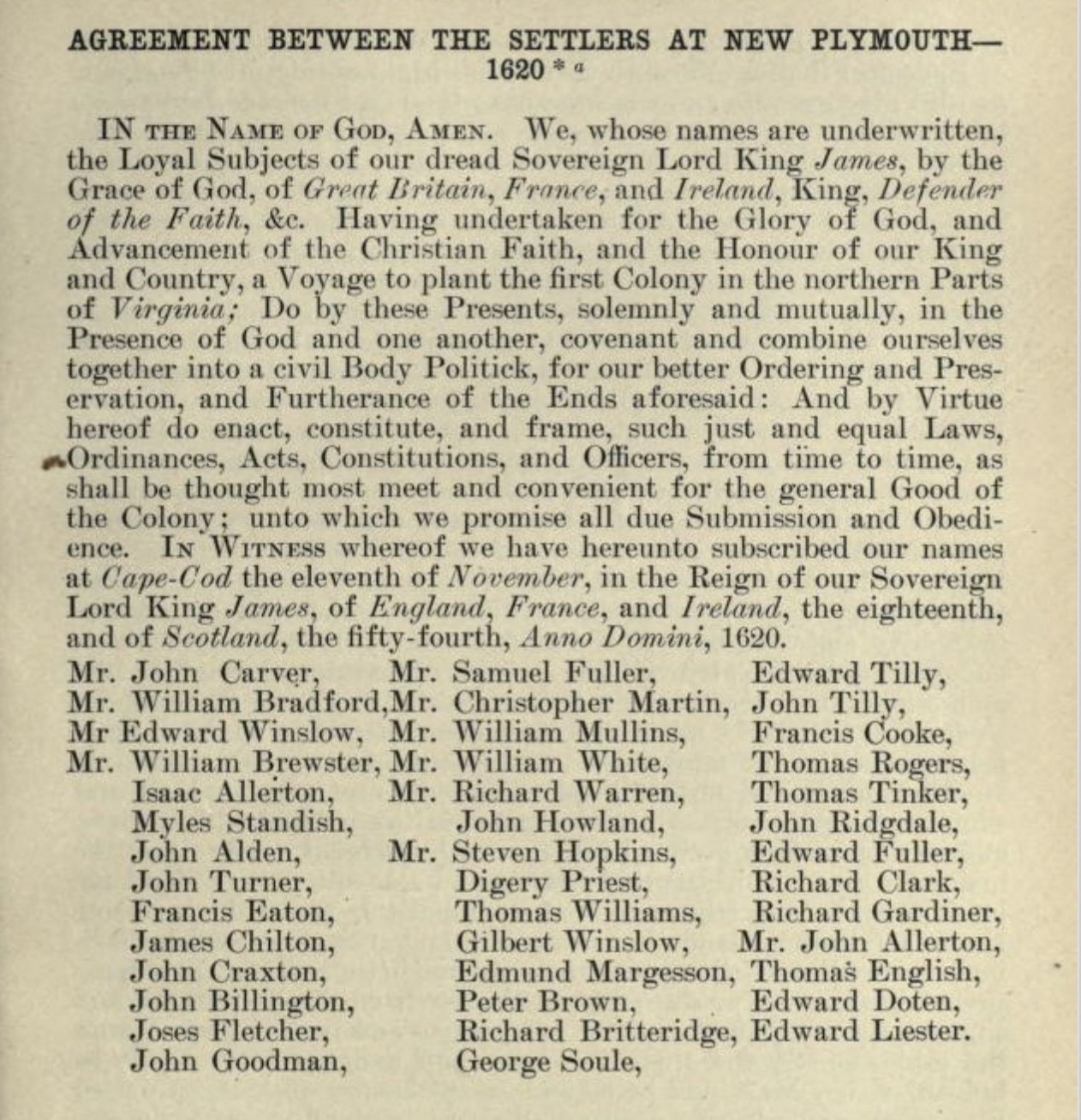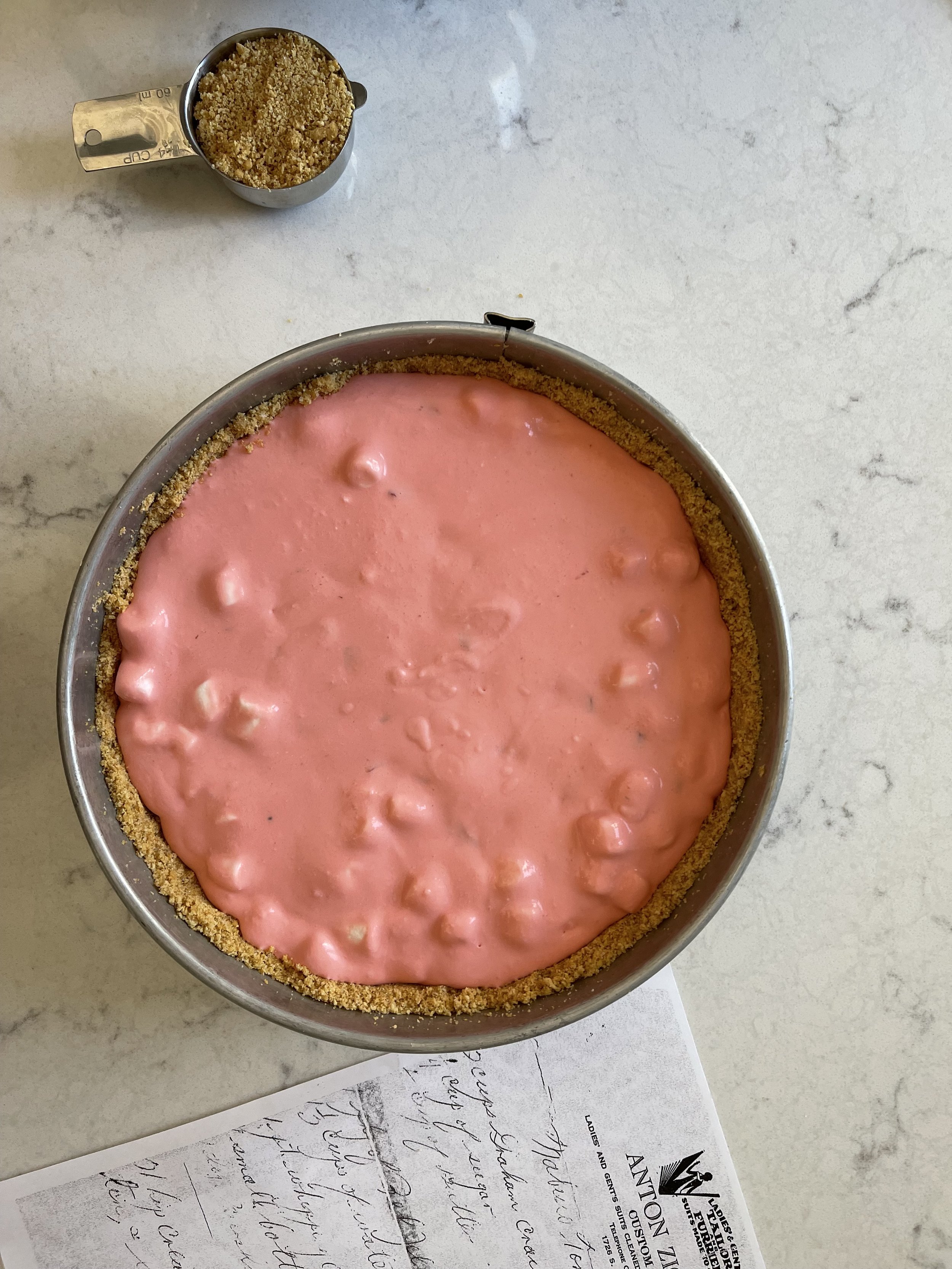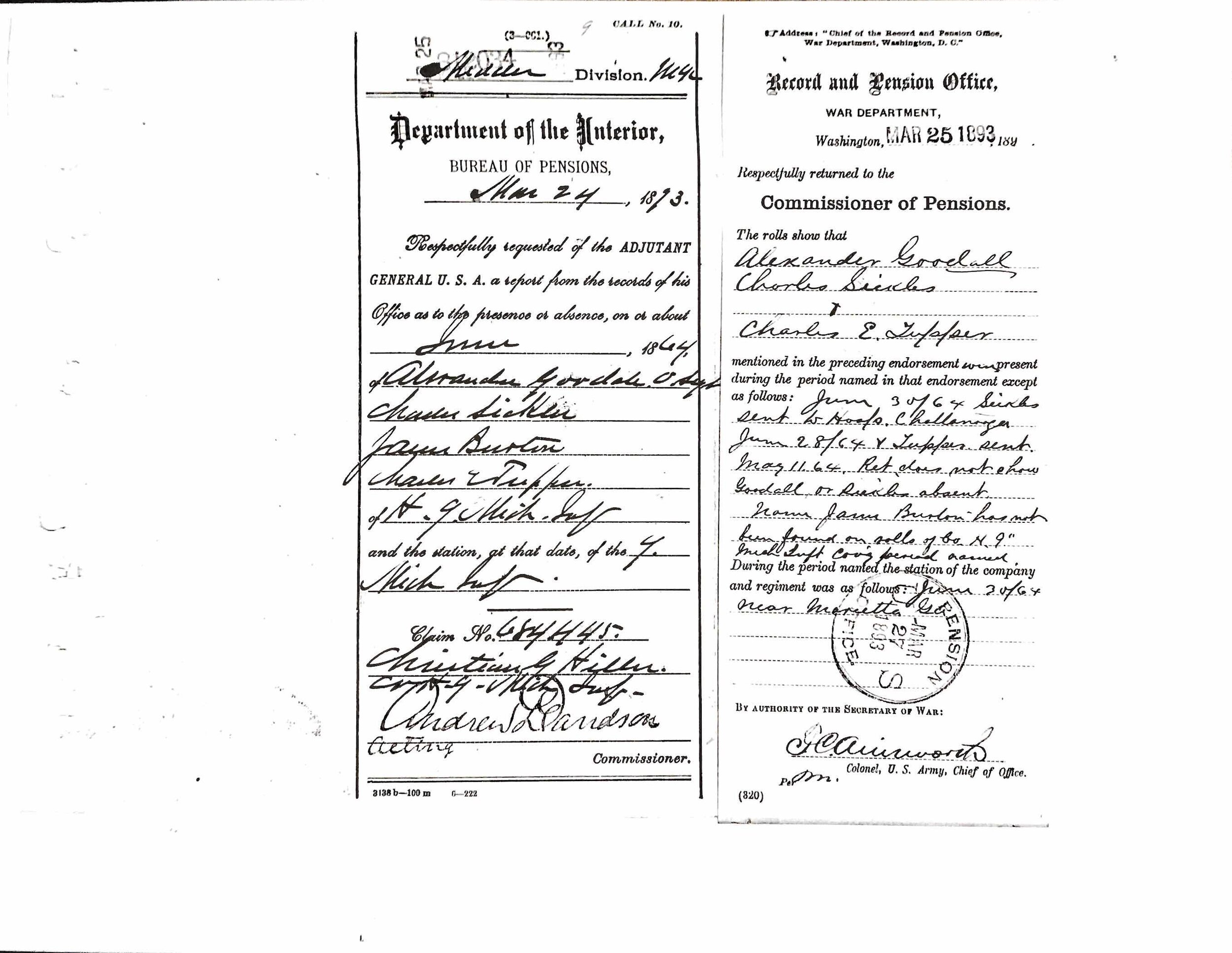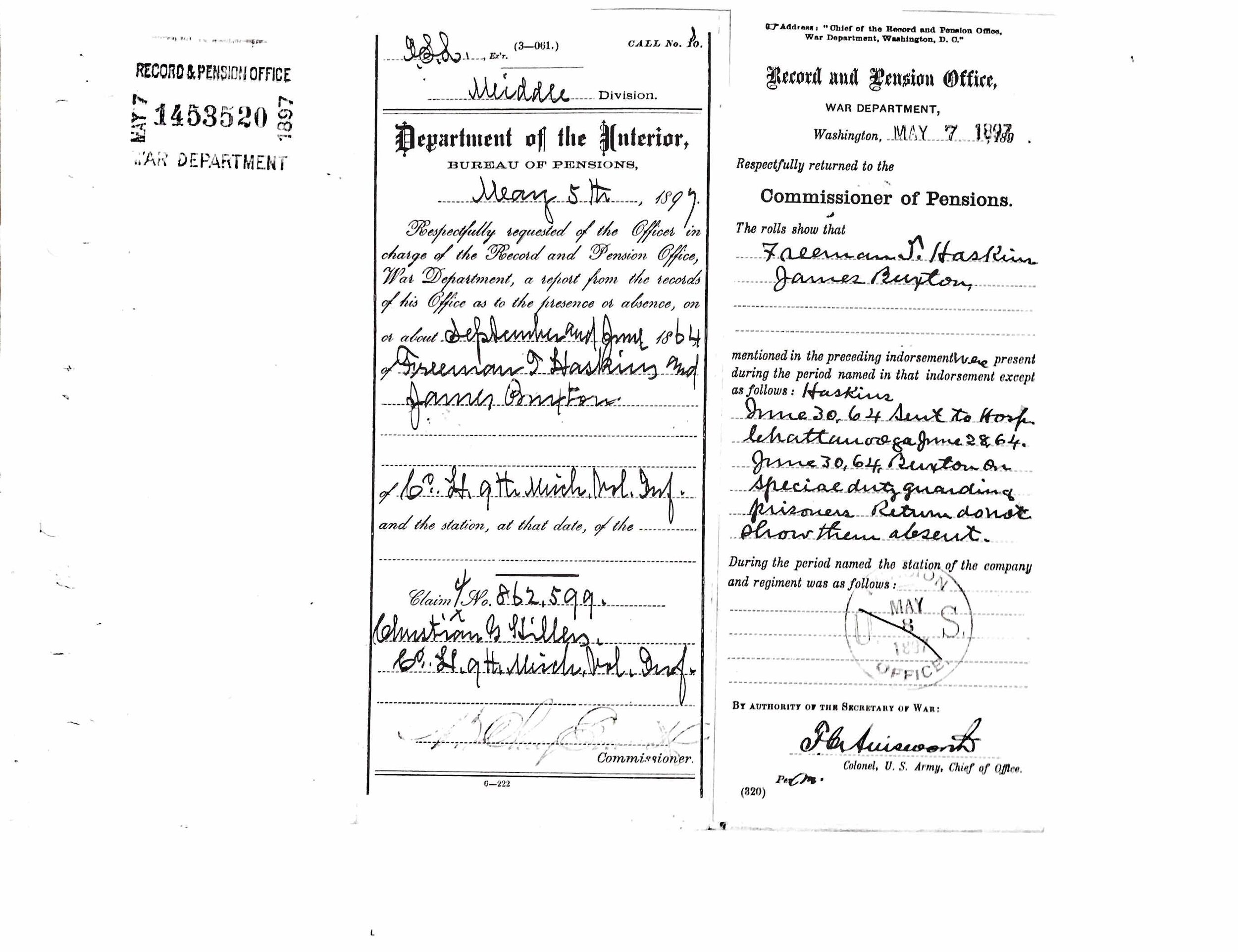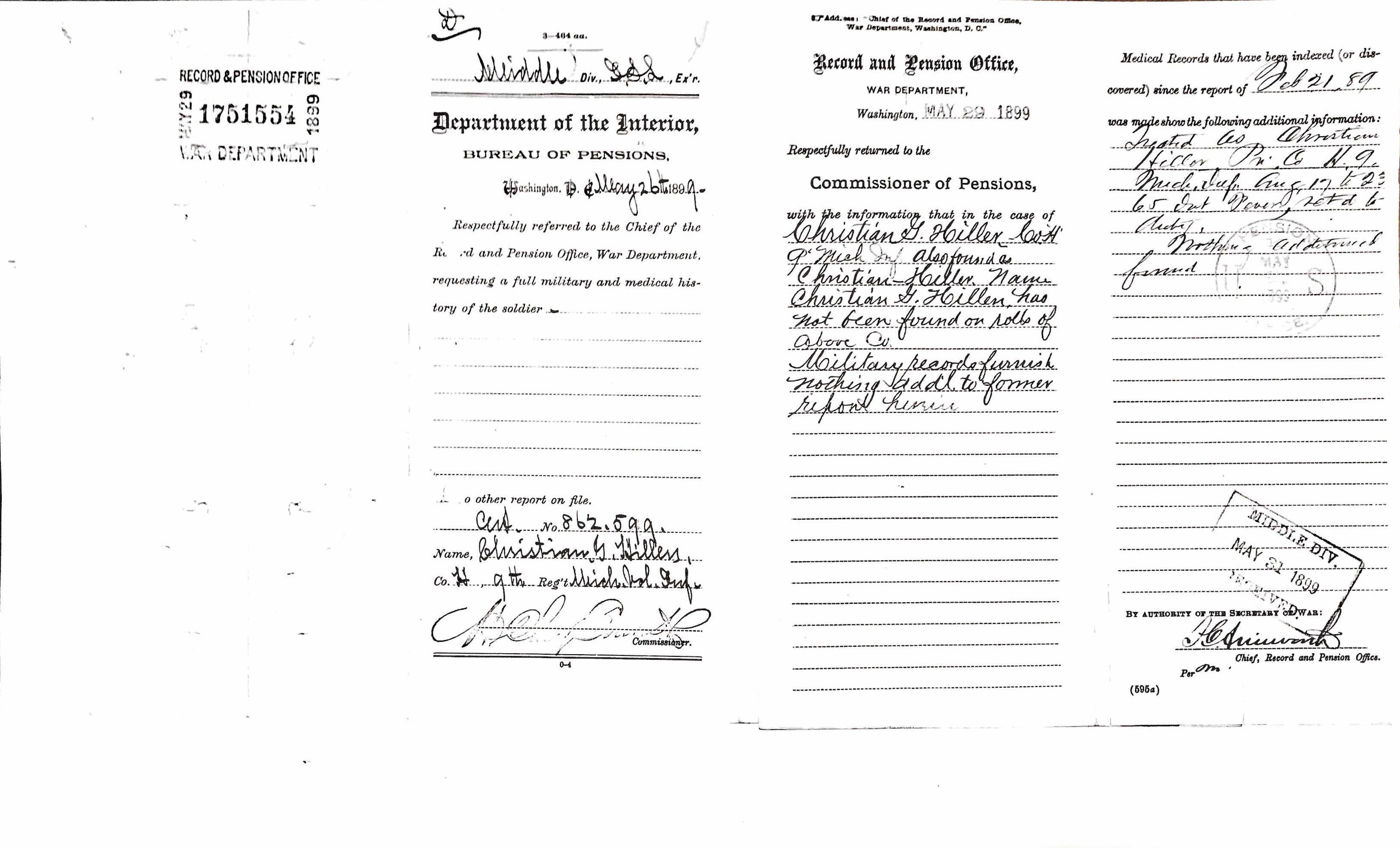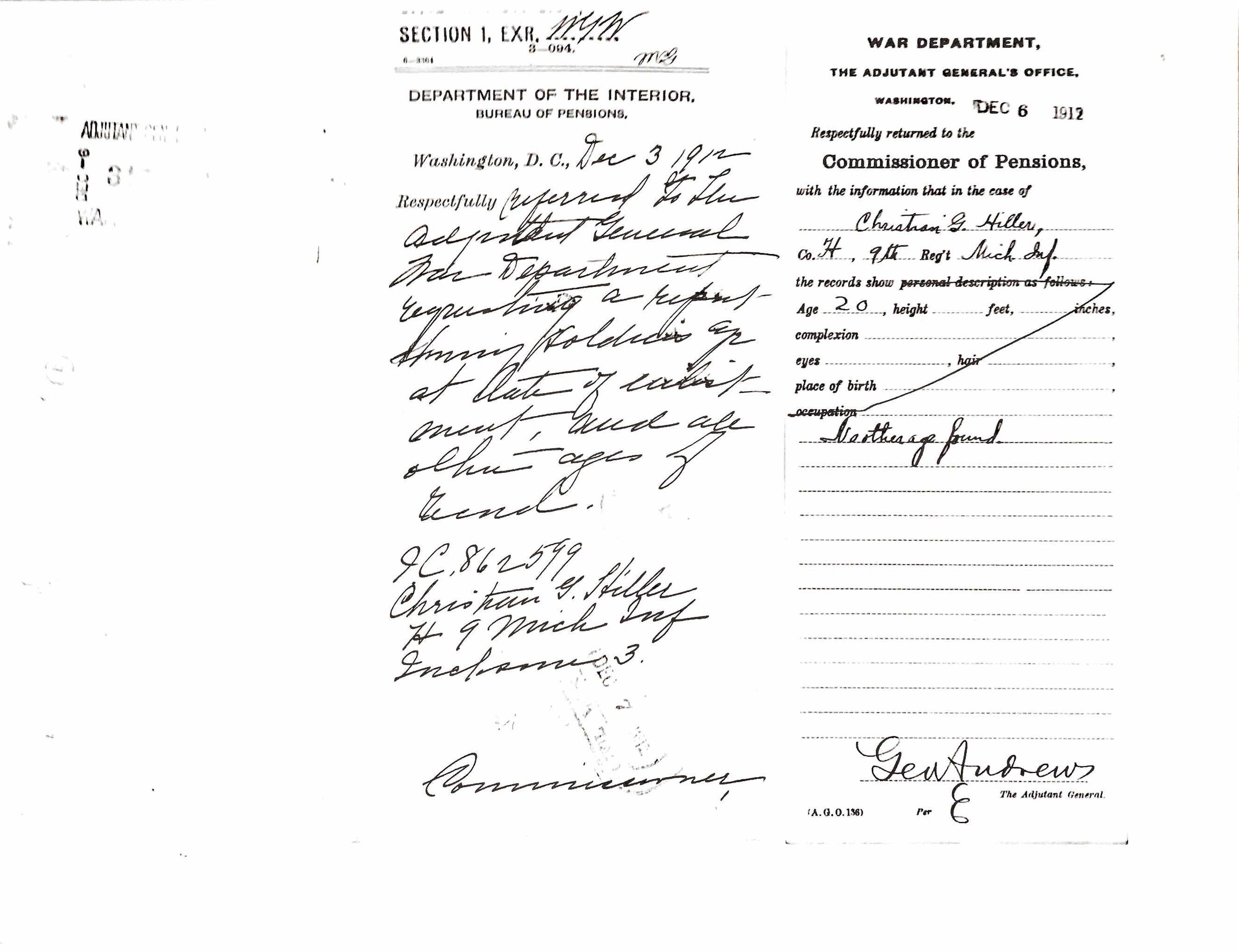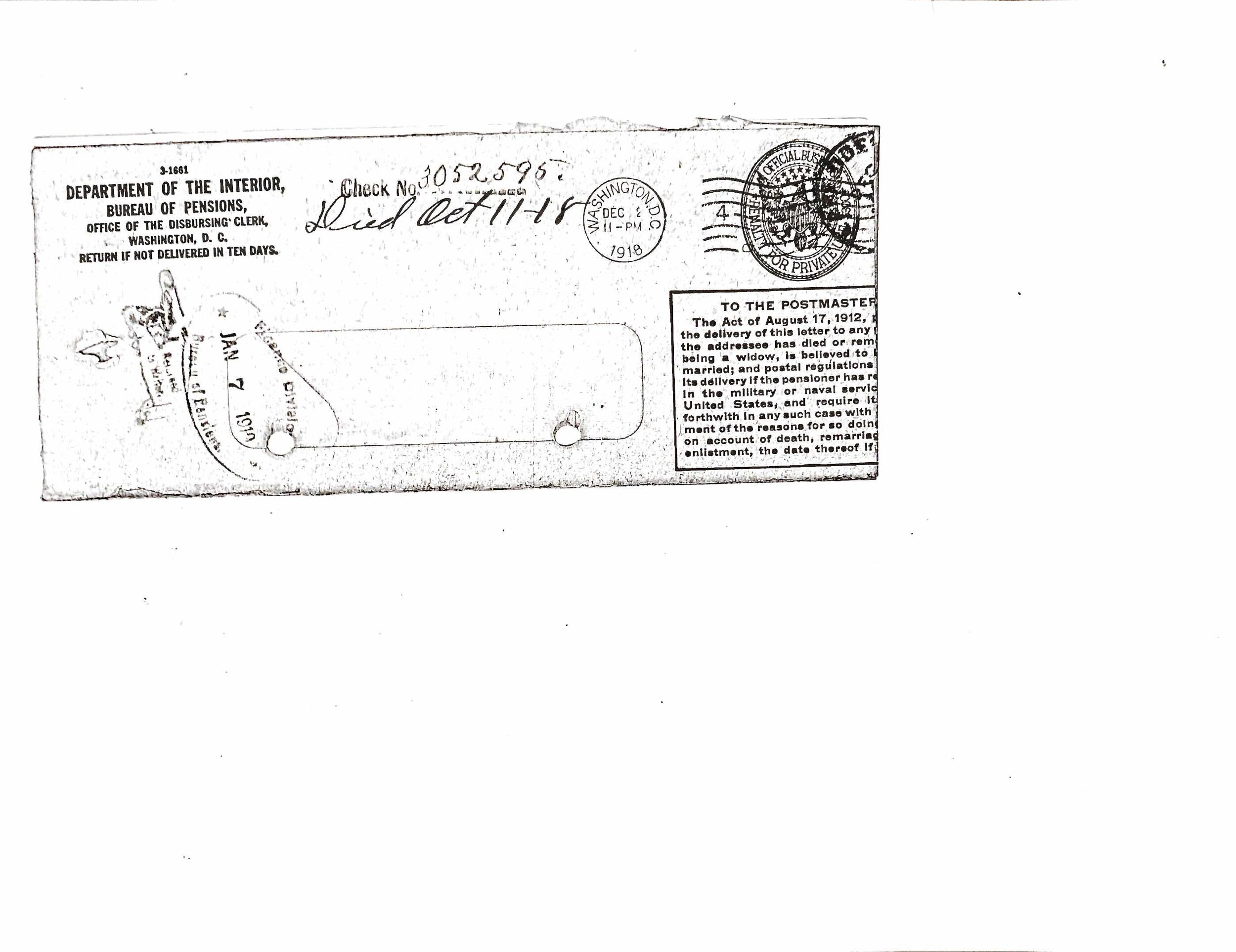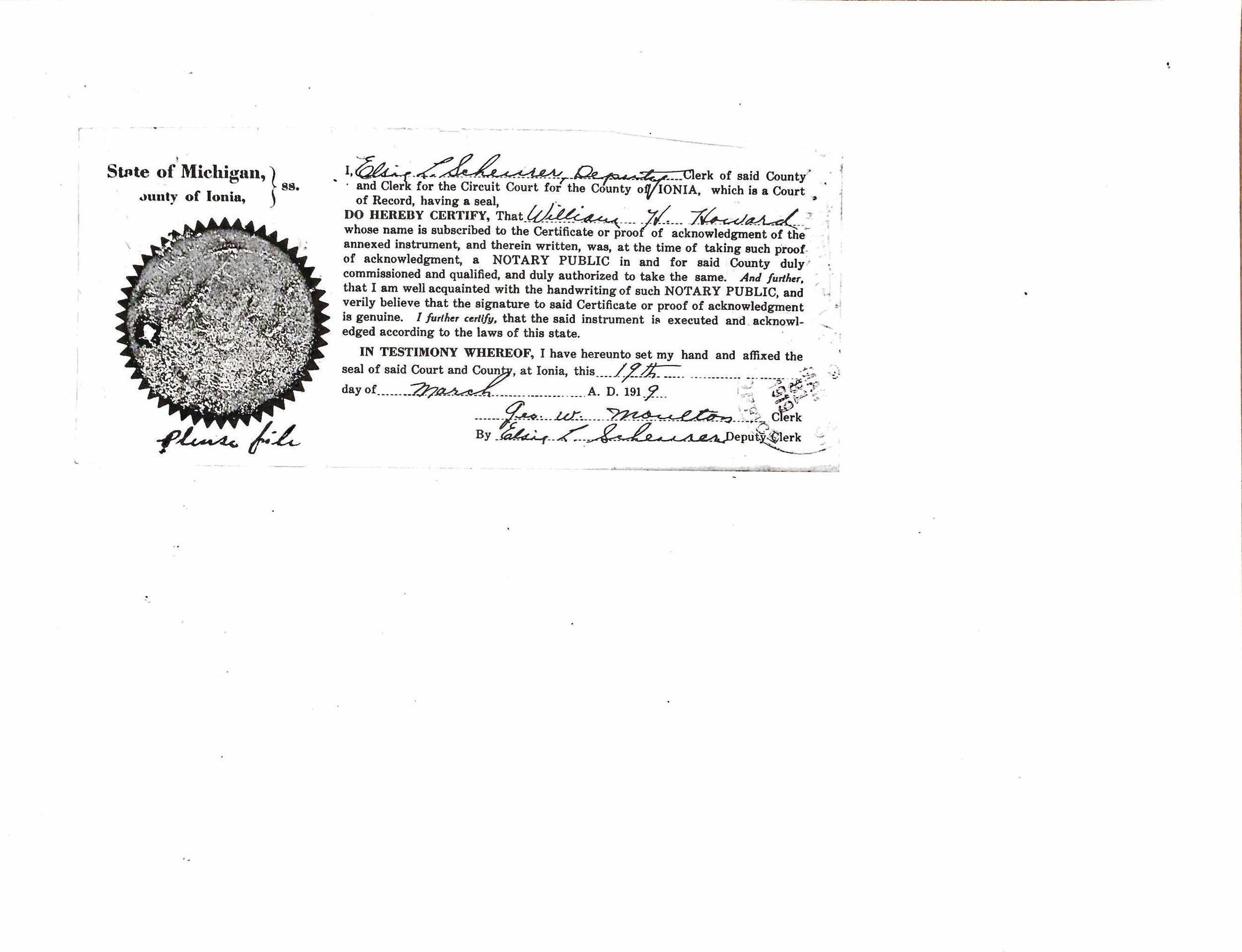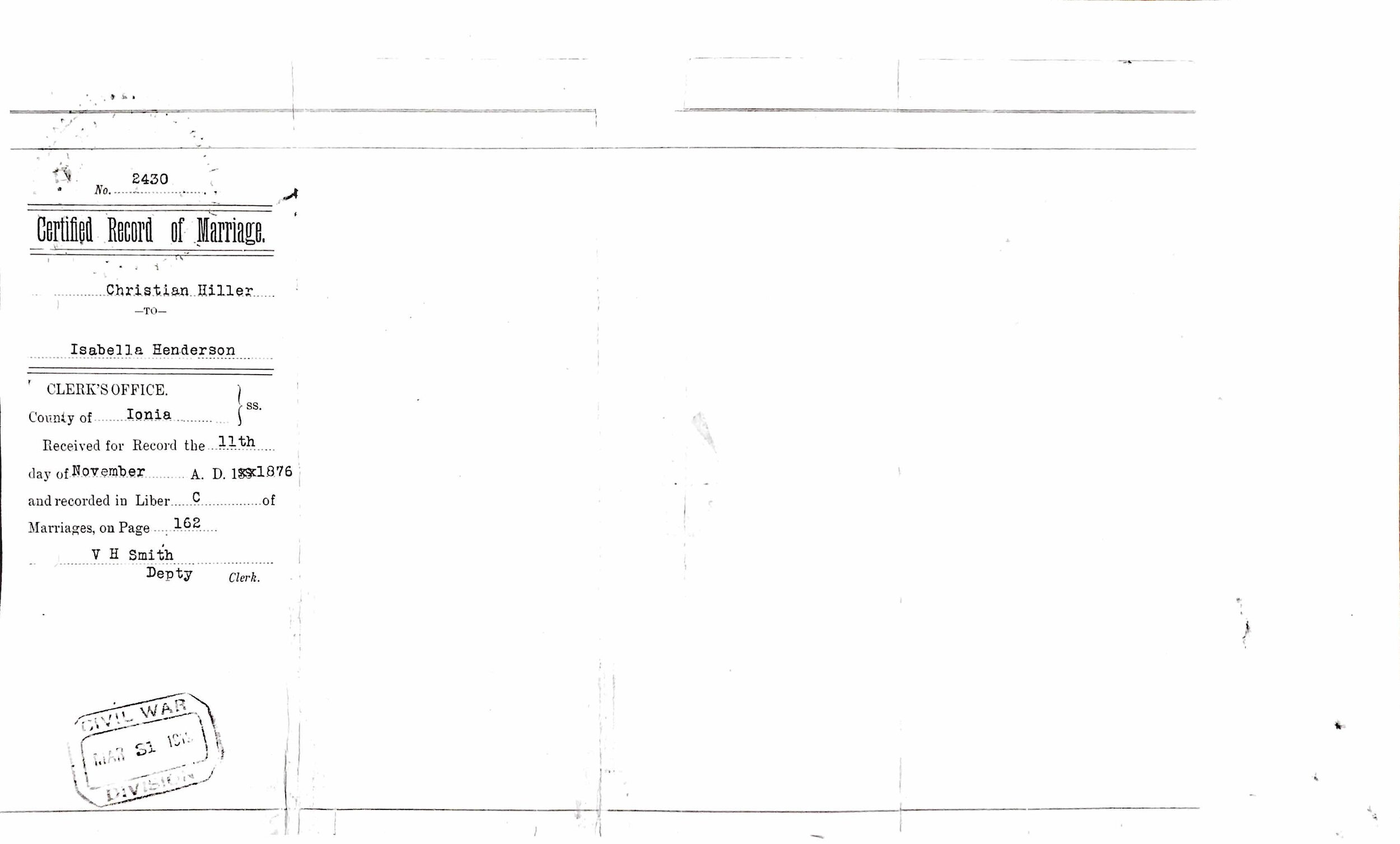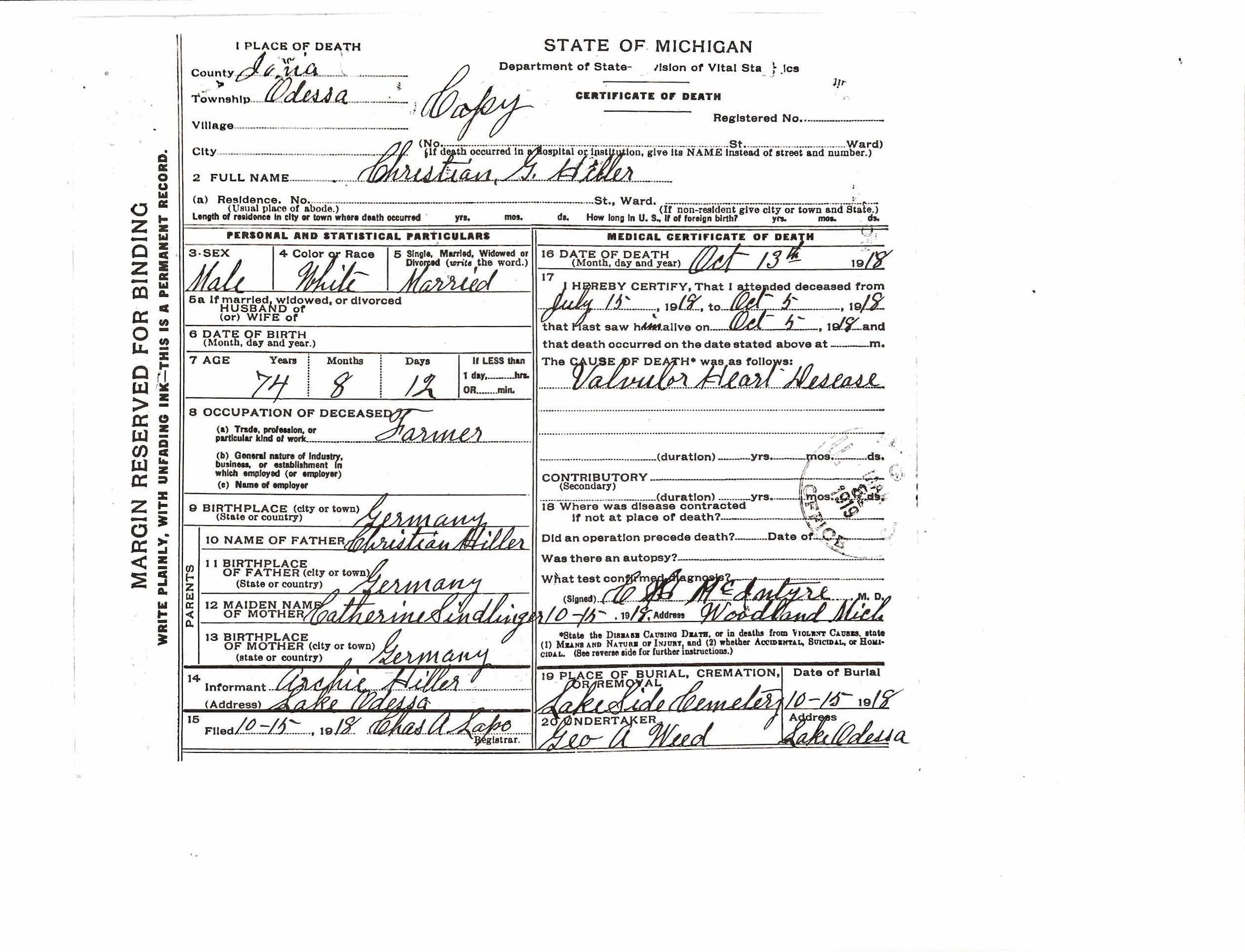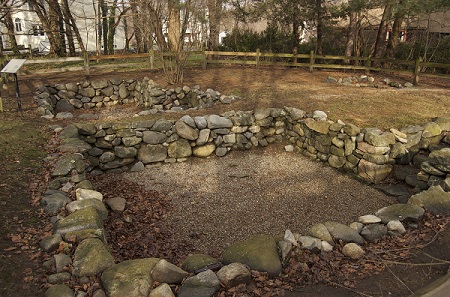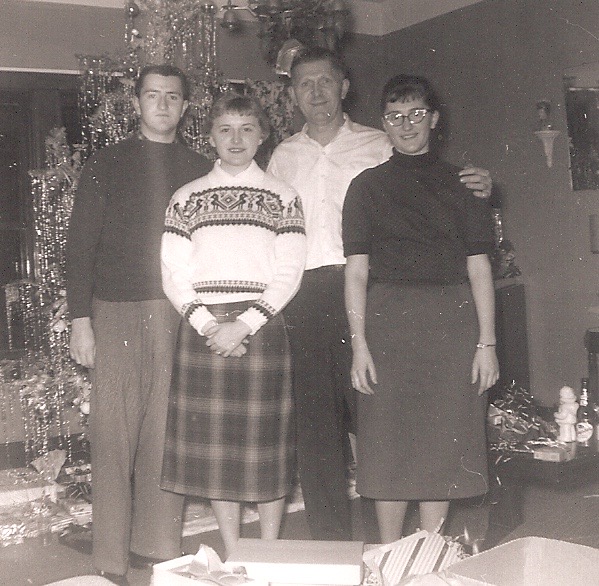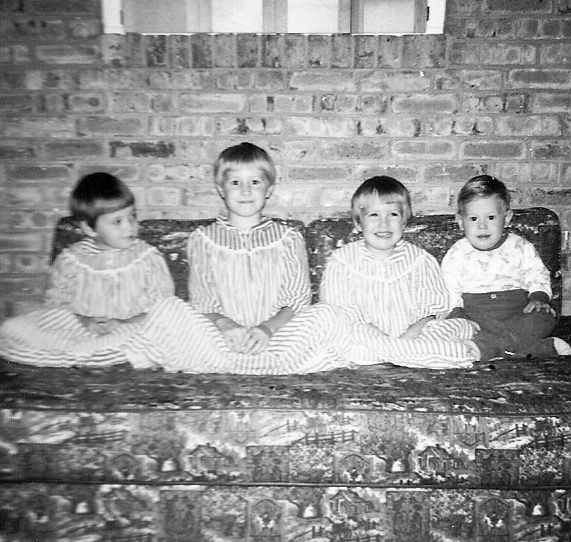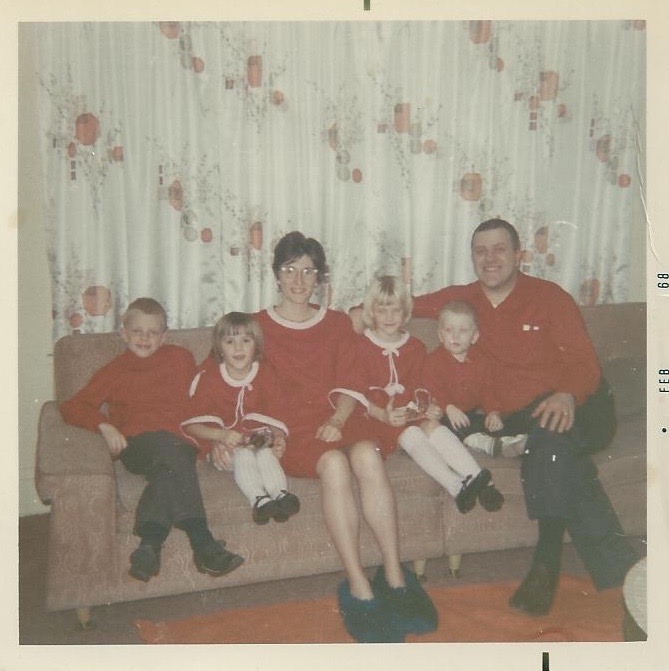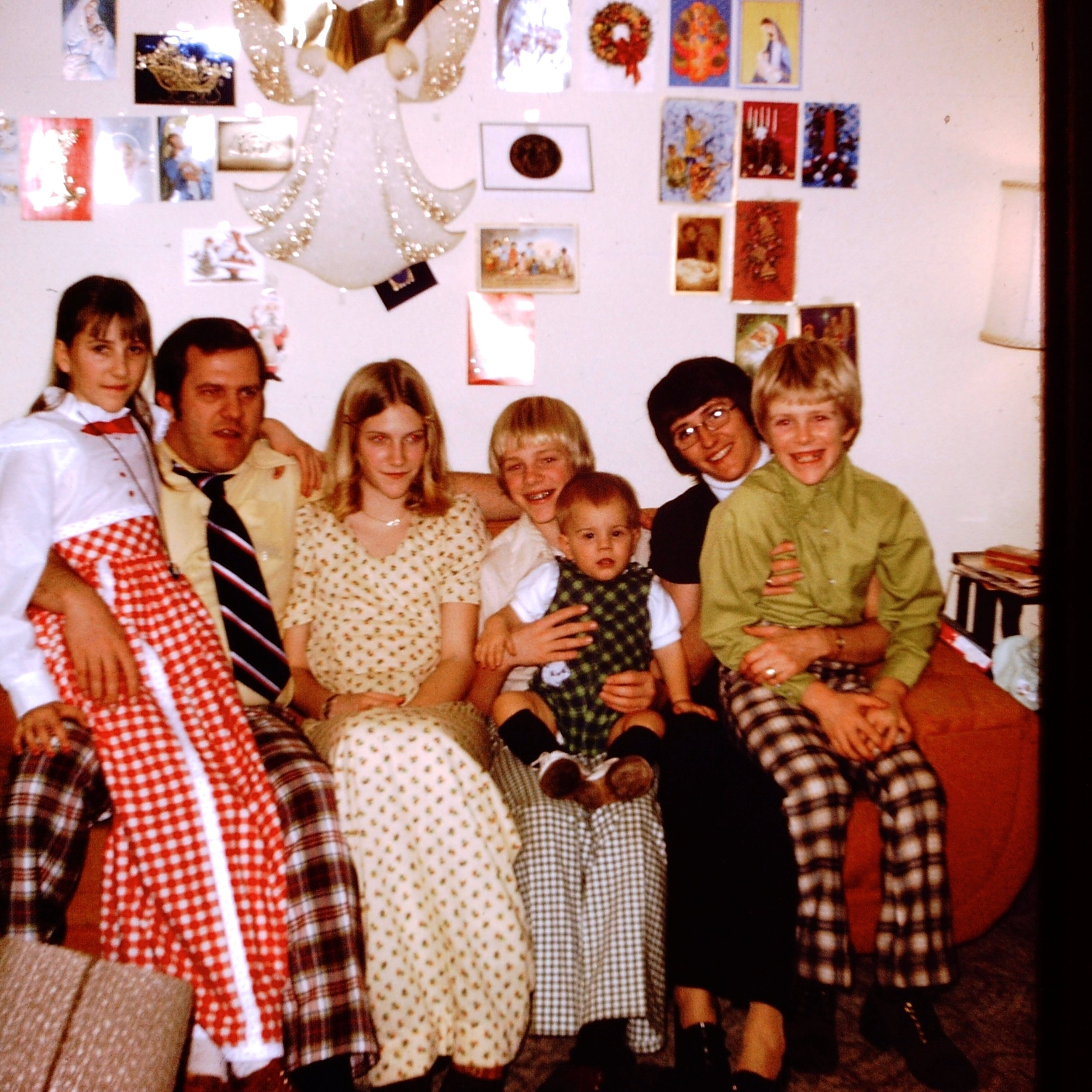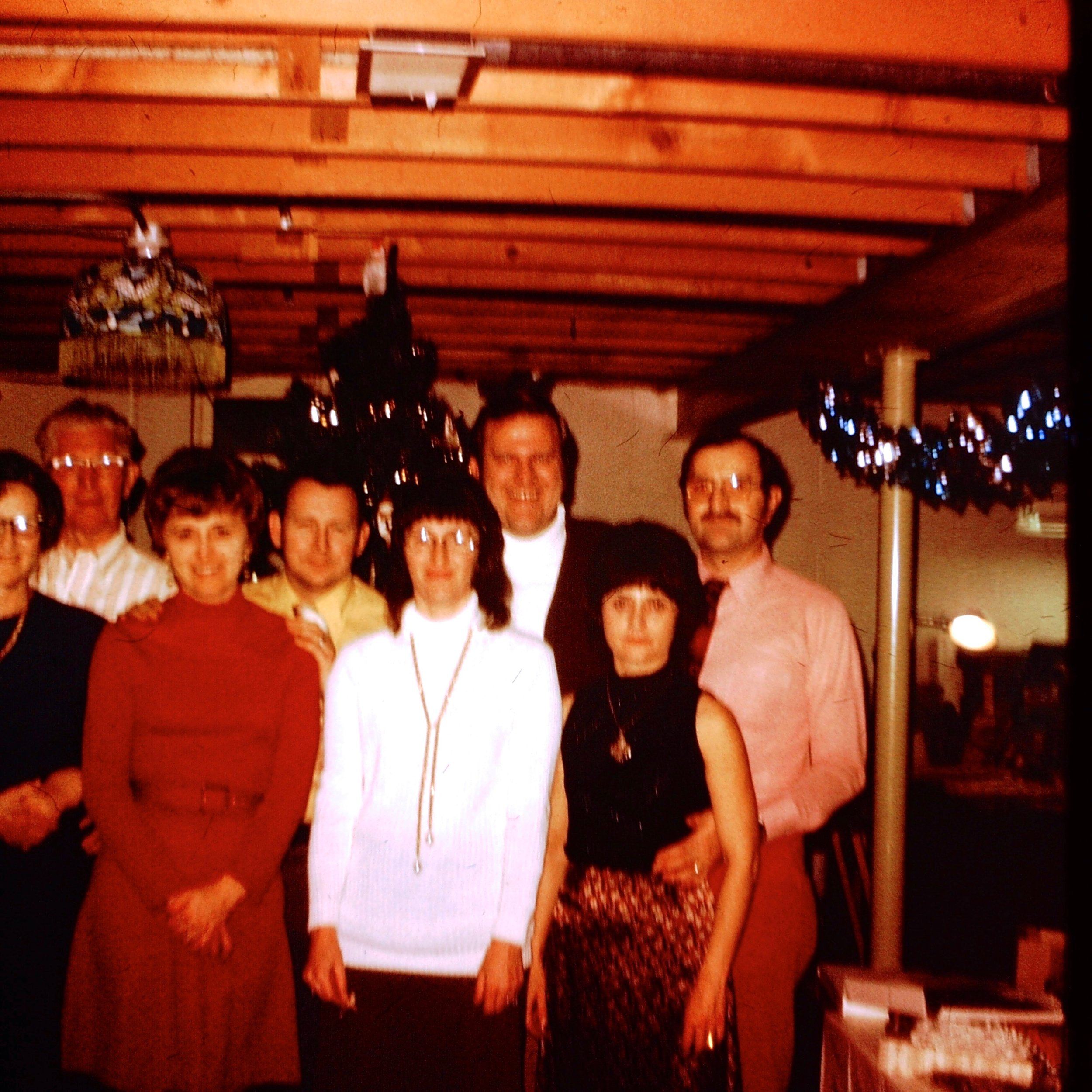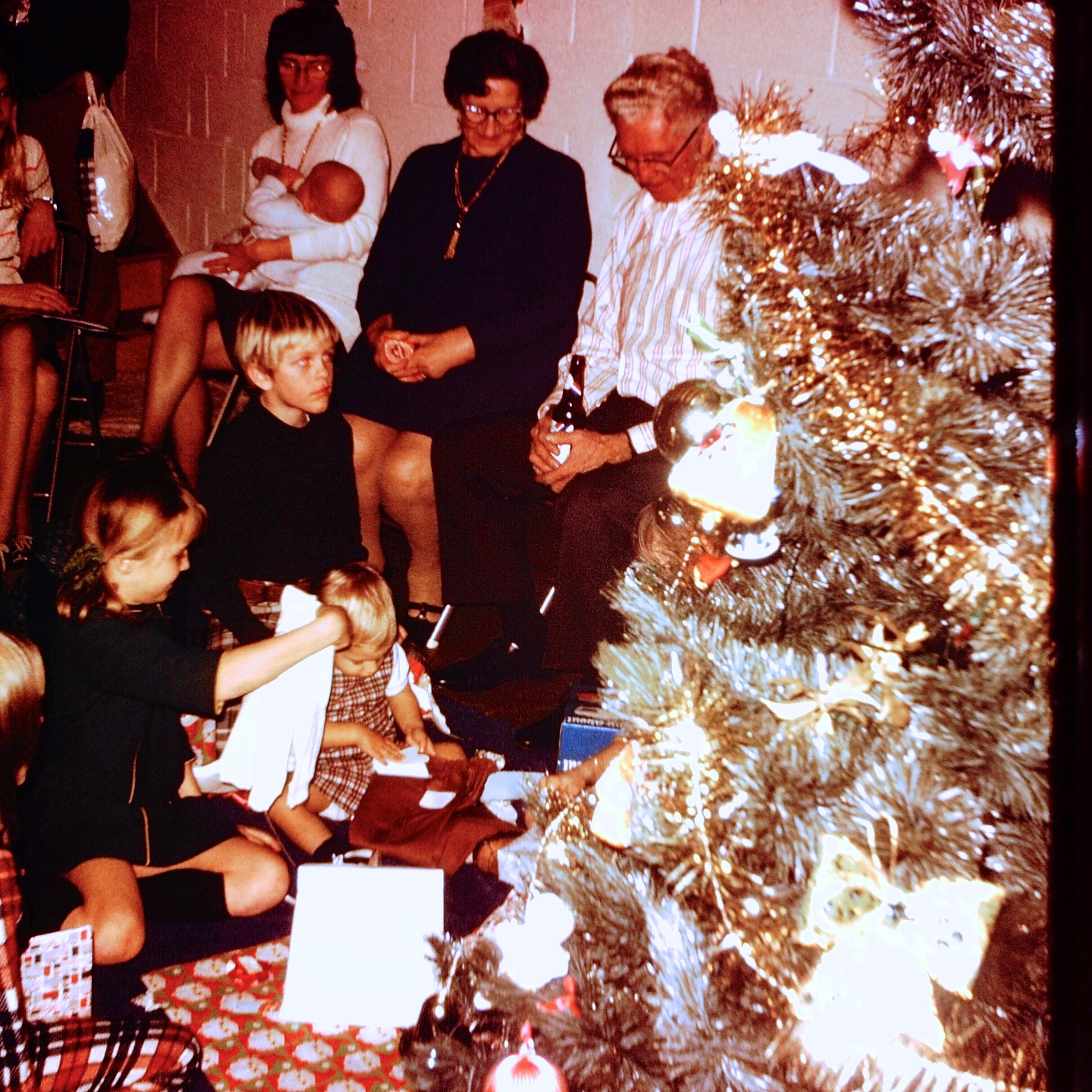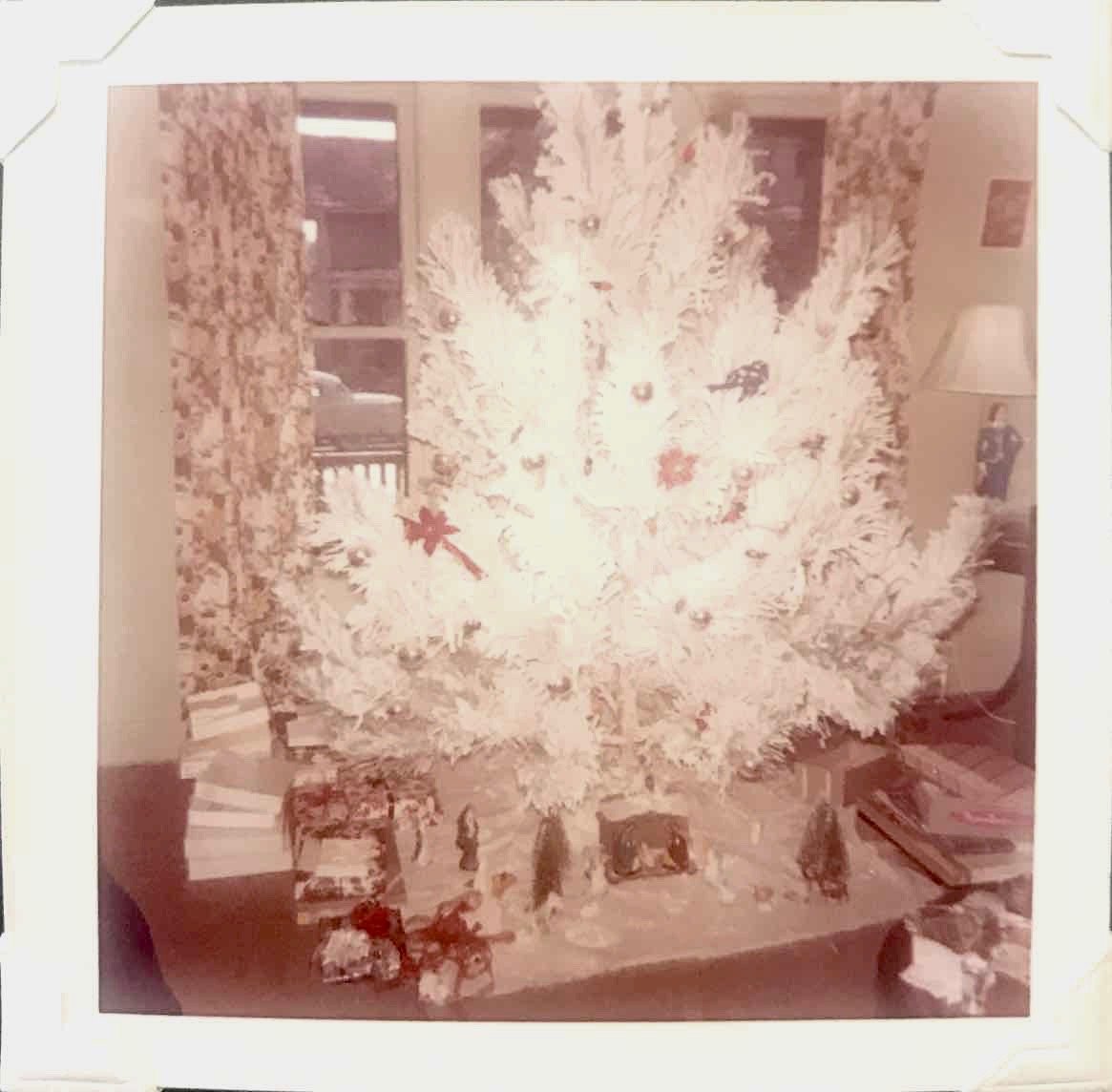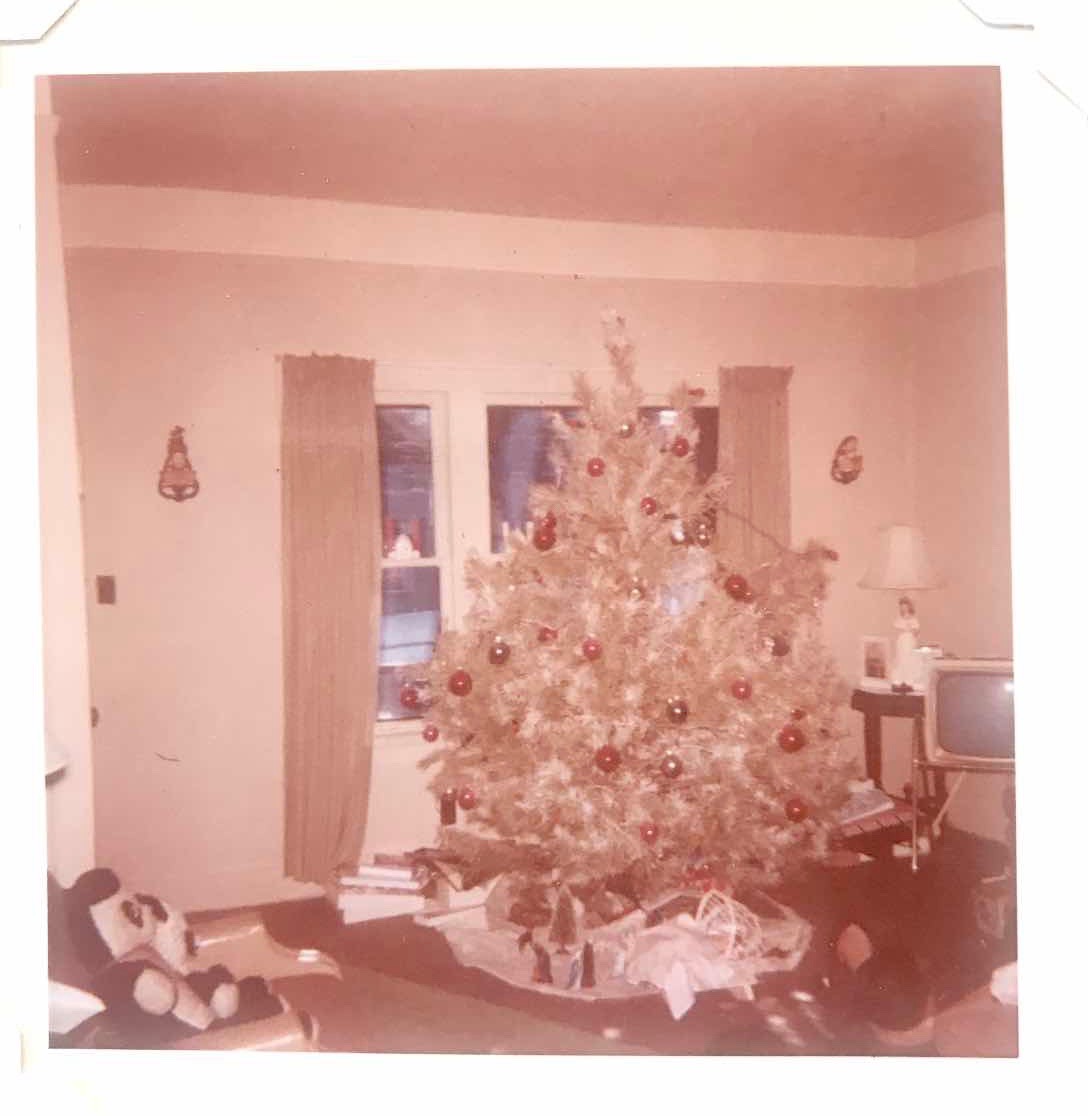Here we are again, preparing for the holiday season beginning with Thanksgiving. I have wanted to post about my Mayflower ancestors for quite a while now since most of my family isn’t even aware of a Mayflower connection. The Mayflower left Plymouth, England, on 6 September 1620 and arrived on Cape Cod on 11 November 1620. The exact number of passengers is still in question. However, AmericanAncestors.org lists 108: 102 passengers and six crew; 54 died the first year. According to Mass.gov, approximately 10 million Americans and 35 million others descended from the Pilgrims. Not all on board were separatist Puritans. Fortunately for genealogists, many researchers before us have done extensive work on the subject, including extraordinary family trees, in the early years, completed without technology.
Mayflower Compact signed 11 November, 1620.
“Agreement between the Settlers at New Plymouth—1620.” In The Federal and State Constitutions, Colonial Charters, and Other Organic Laws of the States, Territories, and Colonies Now or Heretofore Forming the United States of America, compiled and edited by Francis Newton Thorpe, vol. 3, p. 1841. Washington, DC: Government Printing Office, 1909.
In the genealogy world, a group of books called “The Silver Books,” also known as The Silver Book Project or The Five Generations Project of the General Society of Mayflower Descendants, traces the lineage of Mayflower descendants. The first book was published in 1975, but the beginnings of the idea date back to 1899. The years in between were spent researching approved lineage papers. Today, there are 22 volumes with multiple parts that make up a 42-book catalog. I own only one Silver Book, volume 4, about my ancestor, Edward Fuller, published by Bruce C. MacGunnigle.
Edward Fuller was baptized on 4 September 1575 in Redenhall, Norfolk, England, and was the son of Robert Fuller and Sara Dunkhorn. Edward, his wife, whose name is unknown, and his son Samuel came to Plymouth on the Mayflower and signed the Mayflower Compact on 11 November 1620. Edward and his wife, however, died in January 1621, soon after they came ashore. Edward’s brother Samuel Fuller, a physician on the Mayflower, took in his twelve-year-old orphaned nephew Samuel.
So, where does my family fit in? Edward Fuller is my 11th great-grandfather on my paternal side, below in descending order starting with my grandfather Harry Atwell.
Harry Atwell****William Stone/Atwell****Henry B. Stone****Laura L. Gilman****Isabella FitzRandolph****Malachi FitzRandolph****Mary Bonham****Hezekiah Bonham Sr.****Hannah Fuller****Samuel Fuller****Edward Fuller.
I found this wonderful sketch posted on Ancestry.com however there is no attached reference. Thanks to the artist whoever you are!
Not much is known about Edward Fuller’s life in Leiden, Holland, or when he relocated from Redenhall, Norfolk, England. However, the Mayflower and Speedwell left Plymouth, England July 1620, turning back twice due to leaks in the Speedwell’s hull. The decision was made to abandon the Speedwell, and finally, the Mayflower set sail on 6 September 1620. Shortly after landing at Cape Cod, the Mayflower sailed up the coast to Plymouth and began building their town while still living on the ship. By March 1621, there were enough houses to leave the Mayflower permanently, and the ship returned to England the next month.
Most know that English people containing separatist Puritans led by William Bradford, founded the Plymouth Colony. As a young man, Bradford belonged to a congregation that believed the Church of England should eliminate all traces of Roman Catholic practices to allow for a purer Christian Church. When the reform of the Church of England seemed hopeless, they felt the need to separate. Feeling persecuted, the congregation unlawfully left for The Netherlands, where religious freedom was permitted, and Bradford was intent on going. After ten years in The Netherlands, the Puritans’ children were “becoming Dutch”-adopting customs and language, so the decision was made to leave for a New World. That’s the very abbreviated recap.
However, history often dismisses that in 1614 when explorer John Smith “found” and named Plymouth harbor, it was already inhabited as a seasonal village called Patuxet by nearly 2000 indigenous Wampanoag people. By the time the Mayflower landed there, “they found themselves in a literal boneyard”(1) as disease, most likely from previous traders/explorers, decimated the people of Patuxet between 1616-1619. Bradford saw the plague as “a special providence of god”(2) which isn’t a surprise but “consistent with his puritan piety and with other assumptions of superior race and faith” (3) throughout his book Of Plymouth Plantation. Since the Wampanoag had been successfully living- farming, hunting, and spiritually celebrating on this land long before the Englishmen arrived, the remainder of the Pilgrims surely would have perished that first winter without their “help.” Having already lost half the group by January and February and struggling with scurvy, disease, and freezing temperatures, the desperate Pilgrims pillaged food stores from the village of Nauset without concern about who they were depriving. At best, the relationship between the Wampanoag and Pilgrims could be described as tolerant and strained, unlike the harmonious first Thanksgiving depictions our country has been serving for years.
As a Mayflower descendant, all of this leaves me saddened. How does a congregation of Puritans so religious see nothing wrong with using others as their stepping stones? The Puritans could have done better and should have done better, especially since they were persecuted for years themselves.
Note: The 400th Anniversary Edition Of Plymouth Plantation by William Bradford includes the Native American perspective in a chapter “Of Patuxet” by Wampanoag writer Paula Peters, which deserves to be recognized by historians, history, and humans.
Footnotes:
Of Plimoth Plantation, The 400th Anniversary Edition, William Bradford. Special introduction by Paula Peters “Of Patuxet” pg.30, 2020 Colonial Society of Massachusetts and New England Historic Genealogical Society.
Ibid, pg 31
Ibid, pg 28
https://plimoth.org/for-students/homework-help/mayflower-and-mayflower-compact
https://en.wikipedia.org/wiki/Plymouth_Colony
https://en.wikipedia.org/wiki/William_Bradford_(governor)
Other reading:
https://www.mayflower400uk.org/education/mayflower-passengers-list-an-interactive-guide/
